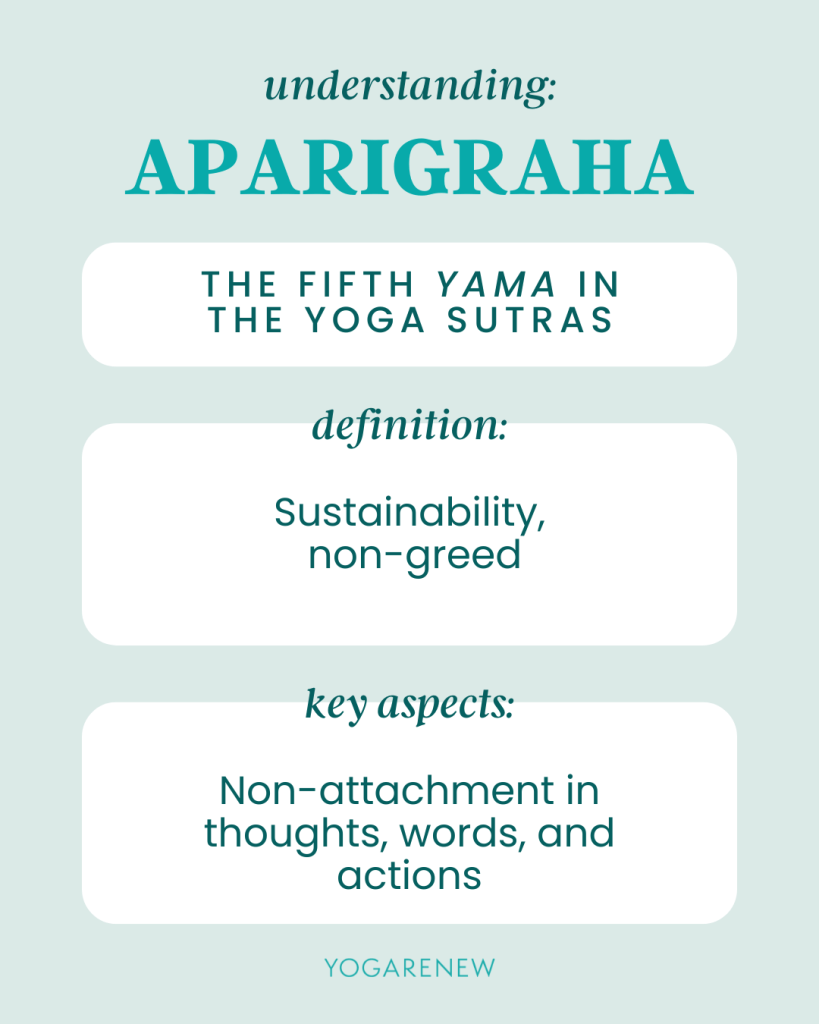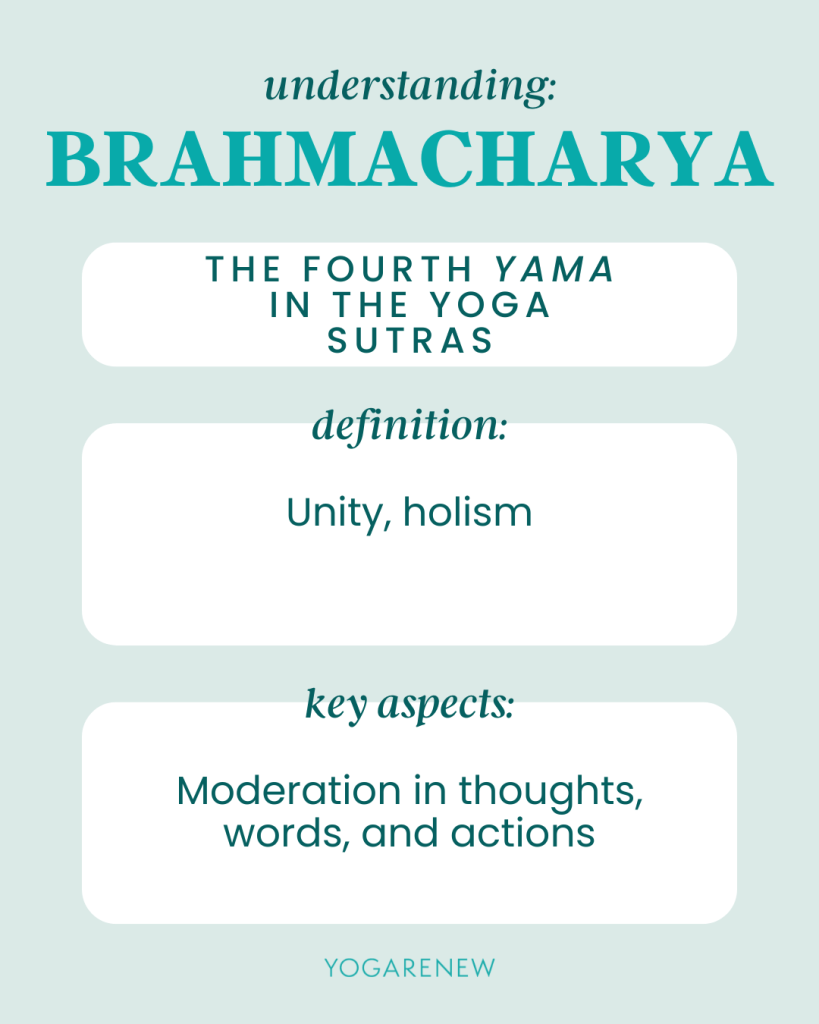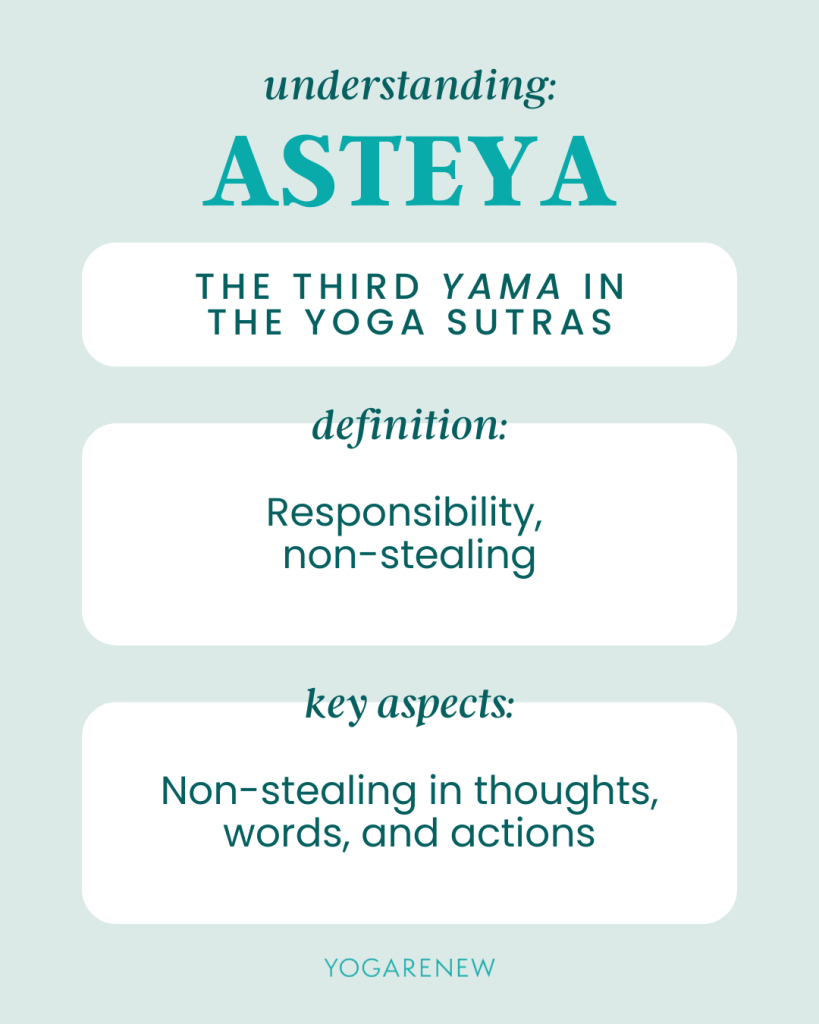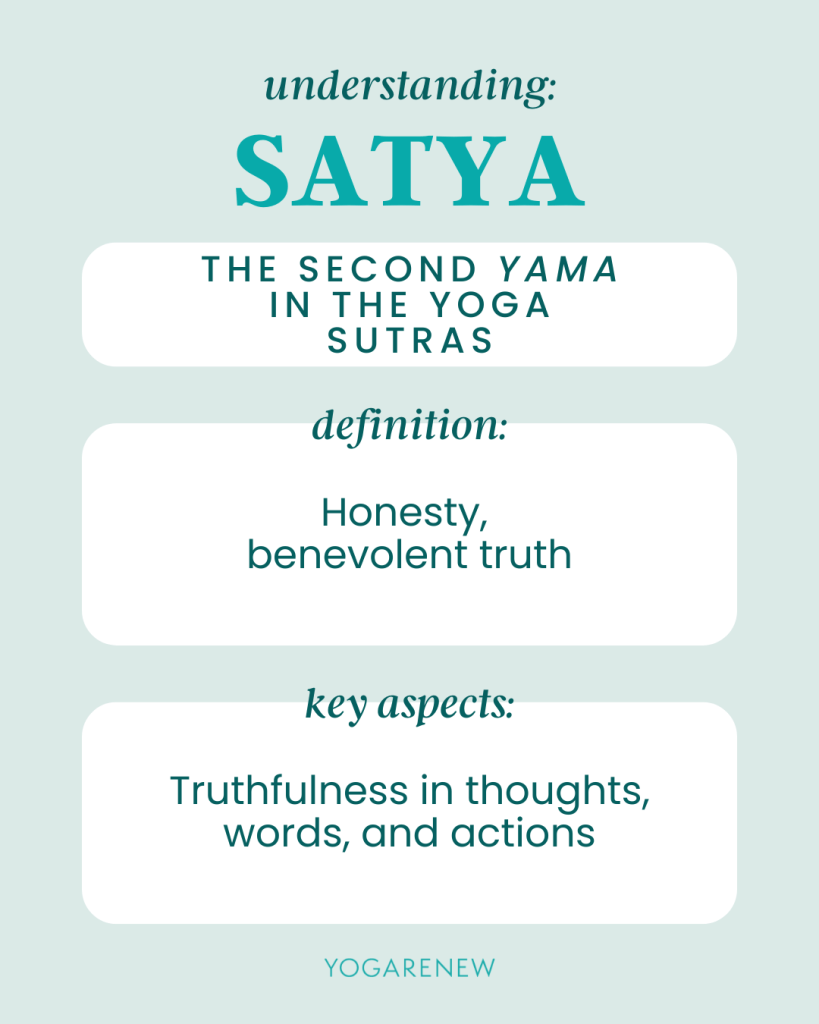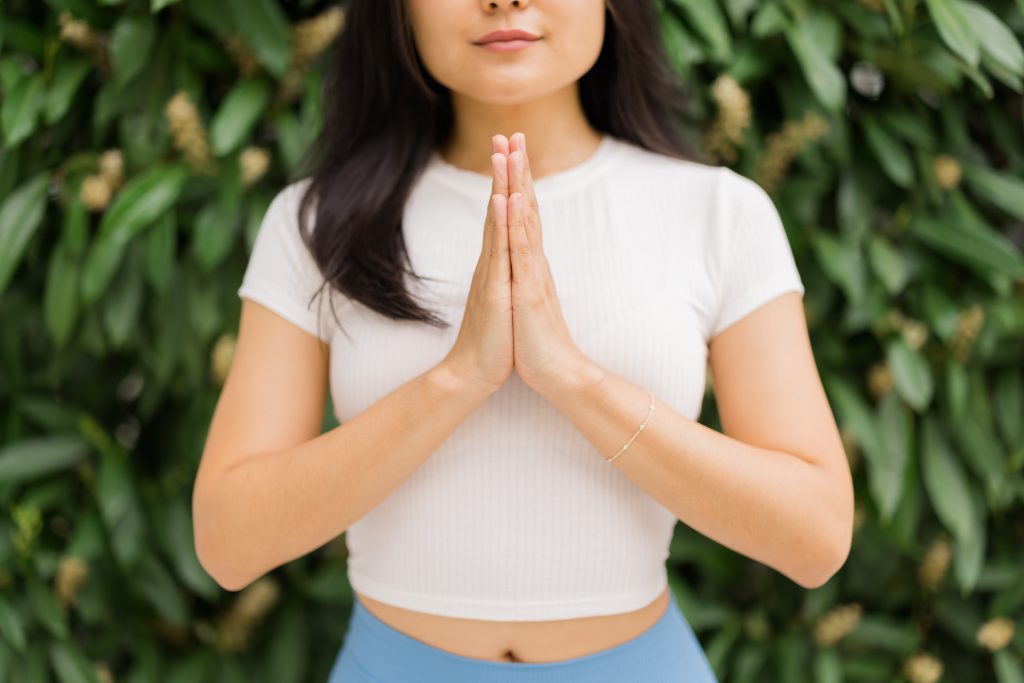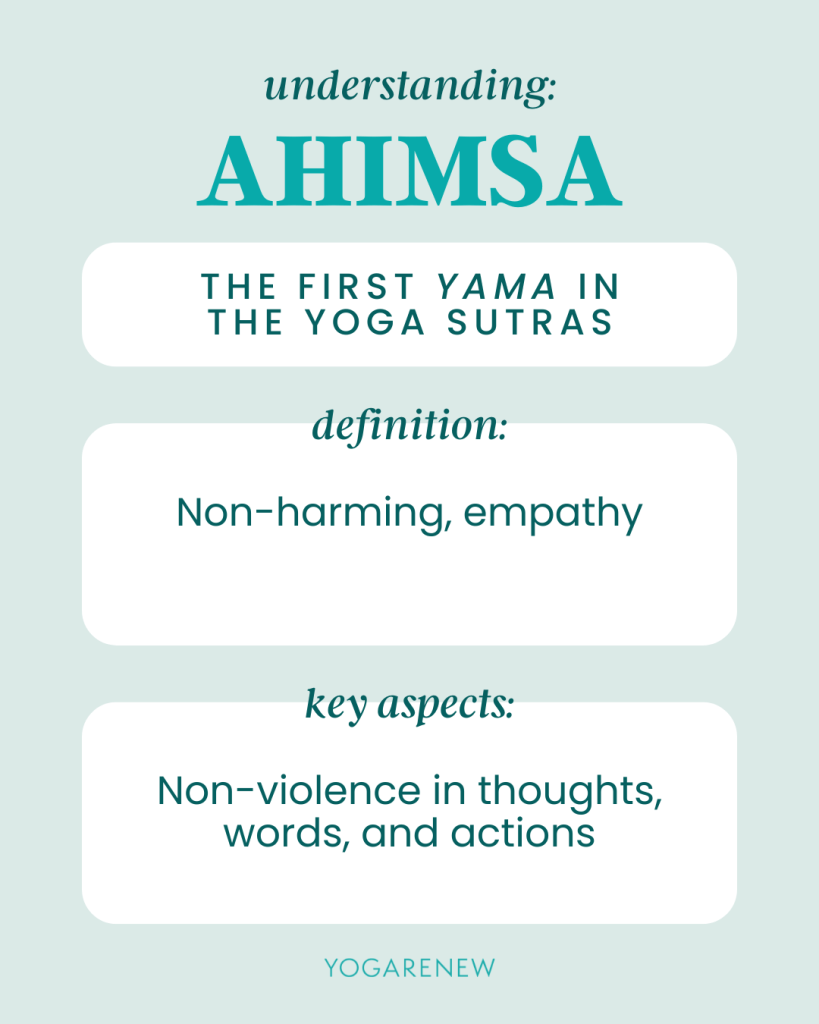Sun Salutations are one of the main parts of a Vinyasa Yoga class that have always fascinated me because of the love/hate relationship I have with this series of asanas (yoga poses). When I first started practicing yoga, I remember struggling with chaturanga, getting confused over upward facing dog, and feeling so out of sync with my breath in the movement of it all. However, I kept going back to yoga classes because the sun salutations only took up a small portion of class and I always knew the standing poses were coming immediately after them.
After taking more yoga classes and eventually feeling stronger in places I hadn’t ever felt strong before, I actually started to understand how to breathe. Poses like chaturanga and upward facing dog weren’t a mystery for me anymore. Eventually, I looked forward to practicing sun salutations and would be disappointed if I took a class that didn’t include them.
Today, if I don’t have time for a full yoga practice, I’ll move through a few rounds of sun salutations and feel incredible both during and after. My journey with this interesting set of poses has always intrigued me because of their name, the way I personally feel when practicing, and the overall vibe and energy that are cultivated in the room whenever I teach them in classes. Like most concepts in yoga, Sun Salutations have a beautiful backstory and overall history in the practice.
Sun Salutations: Origins and The Sun as The Teacher
Sun salutations, or Surya Namaskar, are a series of poses that are linked together with the breath. They’re usually practiced at the beginning of class, after students have moved through some warm-ups and connected to their body. This sequence of poses is not only a physical exercise but also a traditional practice that honors the sun. One of my yoga teachers once told me that the sun was the first teacher, or guru, so we honor that concept at the start of a yoga asana practice.
The first time I visited my family in Puerto Rico, they taught me that the Taíno people, who inhabited the island before European colonization, used to worship the sun. Their spiritual beliefs were deeply intertwined with nature, and they were deeply connected to the earth and her energies. This intrigued me a lot because of both my love for this practice that honored the sun and my love for my family background.
After doing a little research, I found out that the primary deity associated with the sun was Yúcahu (Yúcahu Bagua Maórocoti), the god of cassava (a staple food crop) and the sea. While Yúcahu was not directly the sun god, the sun itself was considered an important celestial body, essential for the growth of crops and the sustenance of life.
The Significance of The Sun
My personal experience with learning about the sun and its significance came directly from my Puerto Rican culture, but I began to also learn how the sun has always been one of the most honored sources in cultures around the world. Throughout history, the sun has been seen not only as a life-giving force but also as a teacher. Ancient civilizations, from the Egyptians to the Greeks, recognized the sun’s important role in the natural world. In Hinduism, Surya is considered the source of wisdom and spiritual enlightenment.
In Hindu mythology, Surya is depicted riding a chariot harnessed by seven horses, symbolizing the seven colors of the rainbow and the seven chakras. This imagery highlights the sun’s role in sustaining life and sharing wisdom. The Gayatri Mantra, dedicated to Surya, invokes the sun’s light to illuminate the mind and soul.
In astrology and astronomy, the sun’s movements were tracked, leading to the development of solar calendars that guided agricultural practices, festivals, and daily routines. The solstices and equinoxes were celebrated as sacred events, marking transitions in the solar cycle.
Today, many of these beliefs and practices are still present, and modern research always points to the health benefits of being exposed to the sun. Ayurveda, the sister science of yoga, stresses the importance of feeling the heat of the sunlight (before it’s too strong) to boost mood and to also support digestion and overall well-being.
The Sun as Our Teacher
During my 200-Hour Teacher Training, my teacher taught us that the sun is the first teacher and the sun is also seen as the remover of darkness. The Sanskrit word “guru” can be translated as both “teacher” and “remover of darkness” as well, so it makes sense that the sun is an energy and a concept to acknowledge and say thanks to.
There is an invocation that is often chanted before studying and teaching yoga philosophy that states:
om ajnana-timirandhasya jnananjana-salakaya
cakshur unmilitam yena tasmai sri-gurave namah
One of the translations is:
I offer my respectful obeisances unto my spiritual teacher, who has opened my eyes, which were blinded by the darkness of ignorance, with the torchlight of knowledge.
The invocation suggests that the role of a teacher is important to all of us in this lifetime and the sharing of knowledge is something that needs to be continued and passed on. Without the light of knowledge, we will remain in the darkness, which all leads back to the concept of the sun and the light being a source to honor.
YogaRenew has developed a completely online & self-paced 200 Hour Yoga Teacher Training Course where you can become Yoga Alliance certified to teach sun salutations and full vinyasa yoga classes.
Sun Salutations = The Practice of Saluting The Sun
The sequence as we know it today was systematized in the early 20th century by Raja of Aundh, Bhawanrao Shriniwasrao Pant Pratinidhi, who was inspired by ancient practices and adapted them into a flowing sequence of postures. His version became popular and was later incorporated into various schools of yoga, including those developed by T. Krishnamacharya and his disciples, such as Pattabhi Jois and B.K.S. Iyengar.
This practice is not only a physical exercise but also a meditative and spiritual experience. Surya Namaskar (sun salutations) is a series of asanas that are practiced with a focus on breath control and mindfulness. These asanas activate and balance the physical and subtle body, enhancing physical strength, flexibility, and mental clarity.
The practice of Surya Namaskar was often performed at sunrise, aligning with the traditional belief in starting the day with the sun’s positive energy. Today, Sun Salutations may be taught and practiced at various times of the day and modified for all types of classes and abilities of the yogi. Sun salutations may enhance cardiovascular health, improve digestion, and promote muscle flexibility and strength. The synchronized breathwork may also enhance lung capacity and respiratory function.
The meditative nature of Surya Namaskar may help reduce stress, anxiety, and depression. The practice fosters a sense of inner peace and emotional balance. By honoring the sun, yogis can cultivate gratitude and a deeper connection to nature. The repetitive, rhythmic nature of the practice induces a meditative state, promoting spiritual growth and self-awareness.
Modern Studies on Sun Salutations
Modern studies have shown that regular practice of sun salutations can lead to improved cardiovascular health, better metabolic function, and enhanced psychological well-being. The physical movements, combined with mindful breathing, create a holistic exercise routine that benefits both the body and mind.
A study published in the International Journal of Yoga found that practicing sun salutations can significantly improve flexibility, strength, and endurance. Another study in the Journal of Bodywork and Movement Therapies highlighted the positive impact of this practice on mental health, citing reductions in anxiety and depression symptoms among regular practitioners.
Let’s Salute The Light!
During your yoga practice, it’s important to cultivate appreciation and gratitude for both your breath and your body. When you include an appreciation for the sun, the light, and all of the teachers who have come into your life, it elevates your practice and your experience even more. Sun Salutations are a great practice to add into your regular yoga classes or to simply practice on their own.
It’s beautiful to see so many variations and different ways to teach and practice this important and powerful set of poses and to also see more and more people acknowledging the deeper meanings of the yoga asana practice. With so many religions, movements, and cultures in this world, the concept of saluting the light is one that is shared amongst the majority of people. As a species, we tend to say a lot of the same things in different languages and through different rituals, and the Surya Namaskar practice is a great way to come together to connect, move, and breathe together in the mood of honoring the light.
Resources:



